The Asa Thomson skiff holds quiet appeal. Appreciation for this little skiff comes on slowly but deeply, like true and enduring love. She’s a culmination of a number of elegant and subtle factors that, while not strikingly obvious, come together in a compact craft that is well balanced in look and in feel.
Asa Thomson was a New Bedford, Massachusetts, boatbuilder who clearly had a great deal of experience in skiffs. His design, devoid of any “wow” factor, has all the attributes of a craft born of lifelong learning. On a recent outing to Cape Cod, I came across a lovely and well-maintained Asa Thomson skiff that had been impeccably built by Pease Boatworks and Marine Railway in Chatham, Massachusetts. Her name is COOKIE. One look and I wanted a bite.
A flag-snapping breeze riffled the surface as my friend and I rowed around Pleasant Bay, near Chatham. In line with what I had noticed while looking at her plans over the years, the Asa Thomson skiff is high-bowed for a boat of such diminutive size. This gives her a jaunty sheer and plenty of freeboard amidships. While this perky little turned-up snout does cause her bow to blow off somewhat, it also provides an added sense of security. My guess is that she was originally designed for clamming, qua-hogging, and fishing around the New Bedford area. The wet-well, located under the ’midship seat, also indicates this use. High, secure-feeling sides and a flat bottom are good for this type of work. The wet-well, which adds strength to the boat, can instead be made to be a dry-well and, rather than stowing an afternoon’s catch, can be used to hold gear or a picnic lunch.
Trying to put my finger on what makes this design so special, I have been able to pick out a few of the wonderfully correct features (at least to my eye) that make this boat worth building. First, there is the profile of the bottom. The aft end of the bottom sweeps up to just clear the water for easy propulsion with oars or a very small outboard (no more than 3 hp, I’d say). This skiff rows so easily that I think very few would opt for the complications, cost, and smell of an outboard. COOKIE’s owner rows her exclusively. While the aft sweep clears the water, the straight, almost level bottom profile forward reduces pounding and helps to keep the bow from blowing off in a crosswind. This reminds me of what I have heard some old-timers say for achieving good tracking under oars: “Trim by the bow going upwind, and trim by the stern going downwind.”
Another great feature is her scantlings (size of the pieces that go into building her). Many small boats are constructed with wood as it comes from the lumberyard, with little attention to proper thicknessing. Although it may be easier to round-up a specified thickness to the next standard dimension, this leads to awkward-looking details and adds considerably to a boat’s weight. Particularly when dealing with a boat of this size, a little goes a long way. Proper proportioning of each piece is as important to good looks as putting them together well and employing tasteful details. Asa Thomson’s scantlings are just right: strong enough for the skiff’s intended use and its understated elegance. The glitz and glitter of a fancy finish can
never make an awkward detail look good. Rounding corners off with a router takes away the definition of the curves and edges that make this boat so pleasing to the eye. Keeping
to the sizes shown also will keep the weight down so this boat can be car-topped when needed. I would urge any would-be builder to please stick with the scantlings shown on the plans. You’ll be glad you did.
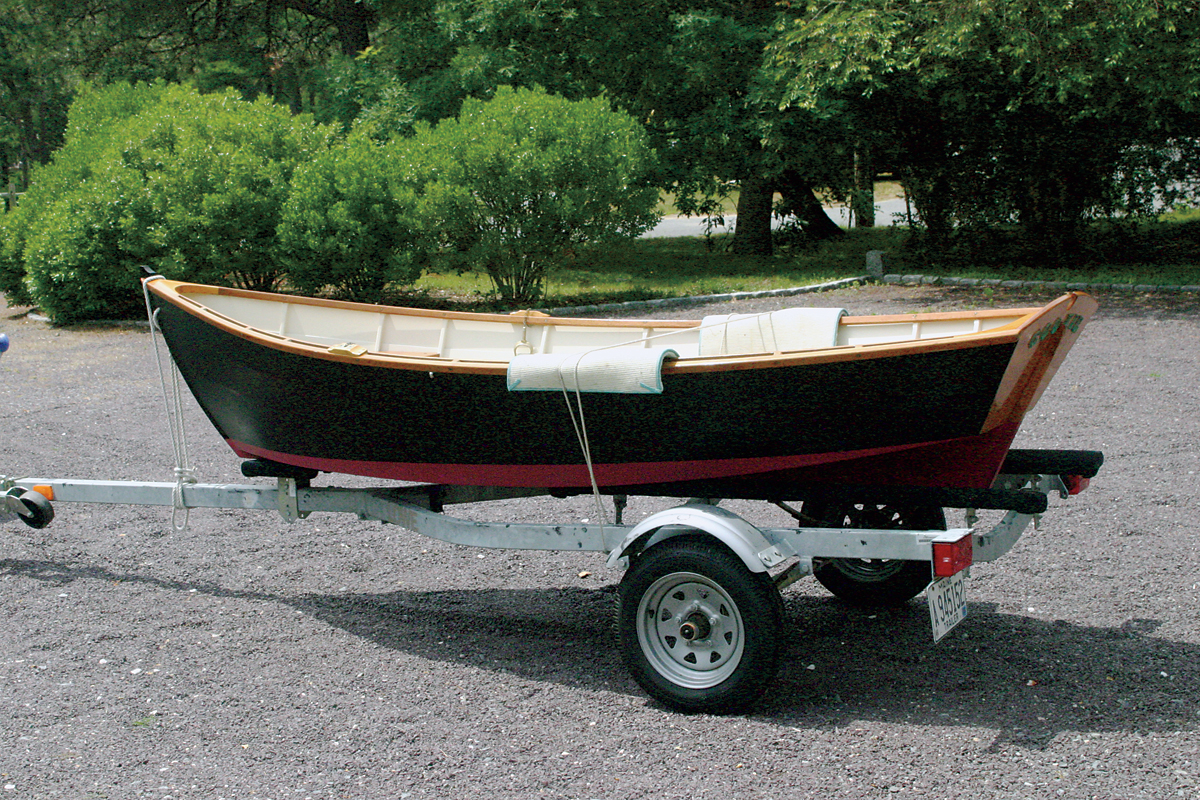 Karen Wales
Karen WalesTraditionally built, the Asa Thomson skiff weighs 125–150 lbs. Plywood construction makes COOKIE, a lot lighter and renders her immediately usable upon launching since there’s no waiting for wood to swell. She is trailerable and is easily lifted and launched by two people.
While I believe that remaining faithful to the scantlings will produce the best results, there is one major modification that I would recommend: building the bottom with marine-grade plywood, say, 3⁄8″ thick. Using plywood will ensure a water-tight bottom despite long periods ashore. Asa Thomson’s original, double-planked bottom with muslin between the layers will also be watertight, but it weighs considerably more than the plywood alternative, which is about 40 percent lighter. Asa Thomson designed and built his original skiff before high-quality marine plywood was readily available. As smart as he was, I have to believe that if he were with us today, he might consider this alternative, too. Pease Boatworks gave COOKIE plywood sides as well as a plywood bottom. One of their driving factors was that the garboard strake is so wide that finding natural wood (at least 14″ wide) was difficult and prohibitively expensive. For them, plywood seemed the logical choice.
Another characteristic I appreciate is the amount of flare of this boat’s sides. It achieves the necessary width at the rail while keeping moderate width at the bottom, helping to make her easy to row. The flaring sides also contribute greatly to the boat’s stability as she sinks deeper in the water under heavier loads.
Finally, the bow and stern are in complete harmony with each other. The rake of the transom perfectly complements the overhang and the beautiful curvature of the stem.
When I started out in boatbuilding (more years ago than I’m willing to relate), I spent considerable time looking at the lines of the Asa Thomson skiff. While the plans are adequate for an experienced builder, they can intimidate the beginner. When I was new to boatbuilding and woodworking, I found her plans to be incomplete for my needs.
So, I moved on, instead building the Yankee Tender (a series of them), another smart-looking and well-per-forming flat-bottomed skiff inspired by the Asa Thomson design. I feel that it’s worth mentioning the Yankee Tender here because my familiarity with it has shed some light on how a beginner might approach building the Asa Thomson skiff. While these are somewhat different boats, they have many similarities in construction. The plans for the Yankee Tender offer a wealth of useful measurements, detail drawings, and building advice for the novice; they even include an illustrated guide to plank spiling. A lot of the tips, techniques, and examples found in the Yankee Tender’s plans can be directly applied to the Asa Thomson skiff and would be of use to any novice who wishes to build one.
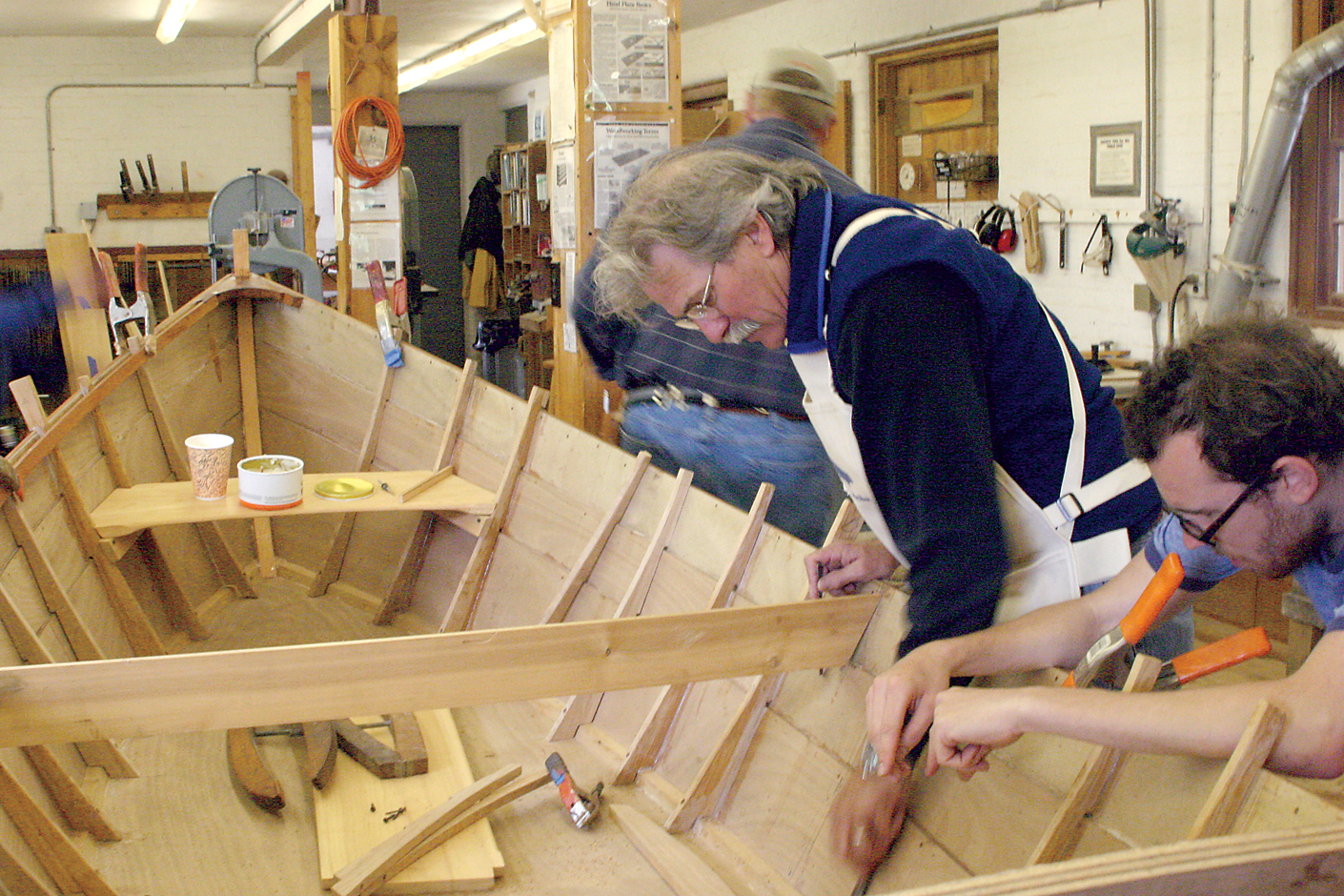 Karen Wales
Karen WalesStudents at WoodenBoat School learn traditional building techniques in a class taught by John Karbott. The Asa Thomson skiff’s simplicity, lapstrake planking, and sawn frames make it an excellent project for the first-time boatbuilder.
The Asa Thomson skiff will admirably serve a number of different uses. With her good initial stability and roominess for her length, she will be the envy of the usual work skiffs. These same features and her ease of rowing make her the ideal small boat for giving children and grandchildren their first lessons in boat handling and care. As a tender to a small, coastwise cruiser, she has it hands-down over those inflatable bathtubs you see. She can carry crew and duffel bags with ease and elegance. When push comes to shove and you absolutely have to set that second or third anchor out to windward in a hard breeze, she will get you there with authority under oars alone. This is a safety consideration seldom thought of when an inflatable is purchased.
Perhaps her best purpose, though, is as a feast for the senses. Quietly, uneventfully, COOKIE disappears to the far reach of the harbor. I am left with the impression that I have spent an afternoon with a refined and delightful lady. She is a thing of beauty, and, as it has been said, “a thing of beauty is a joy forever.” So true of this humble gem.
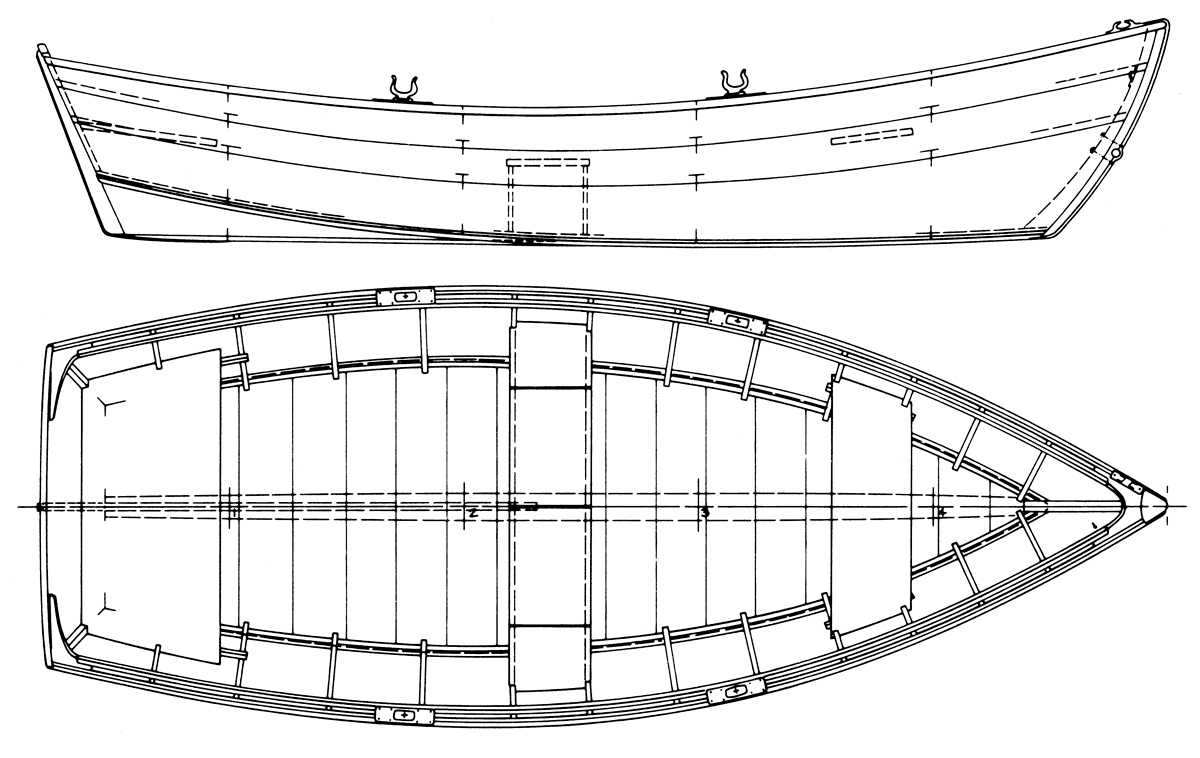
The profile view shows harmony among the stem, sheer, and transom. The plan view (bottom) gives a good indication of the boat’s flare, which contributes to its roominess and stability.
This Boat Profile was published in Small Boats 2009 and appears here as archival material. Plans are available from the WoodenBoat Store for $20 (as of 2022)
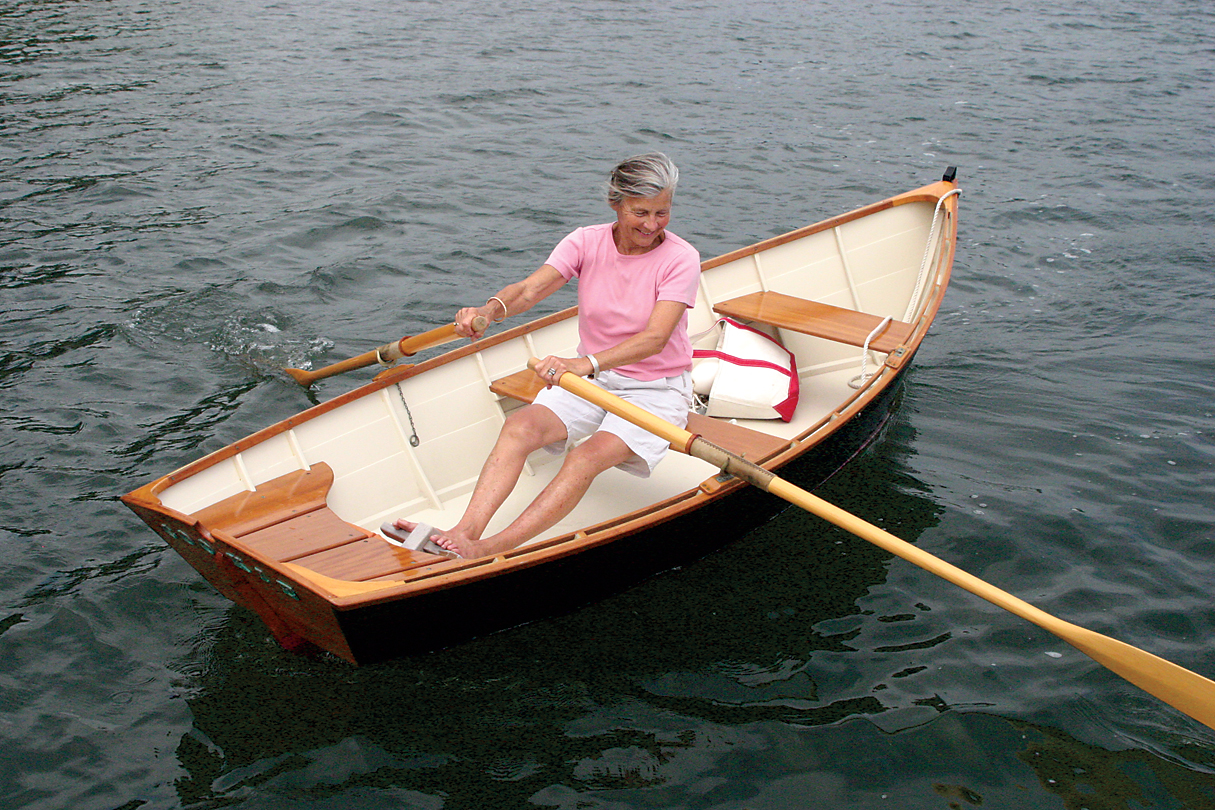
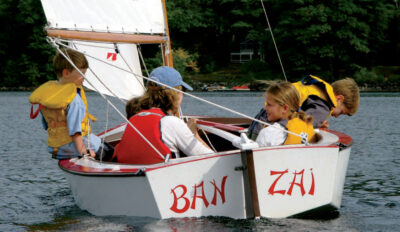
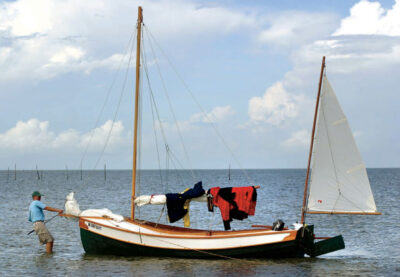
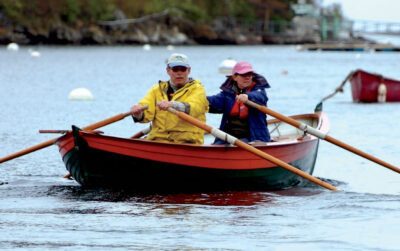
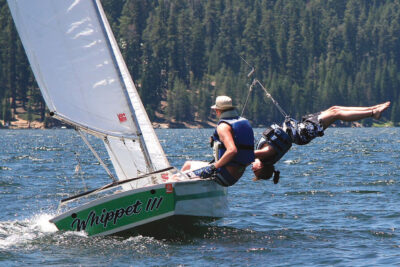
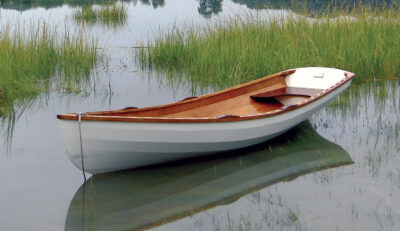
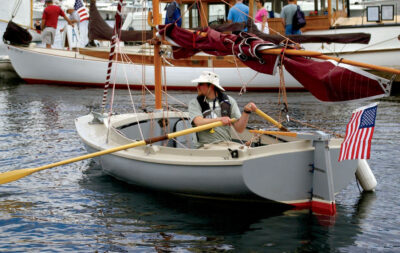
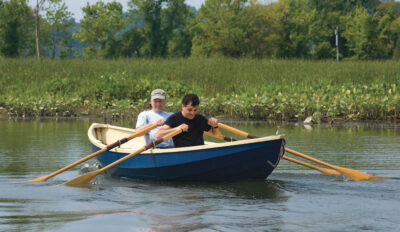
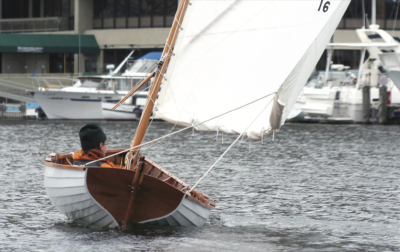
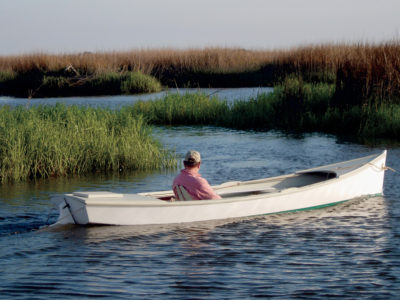
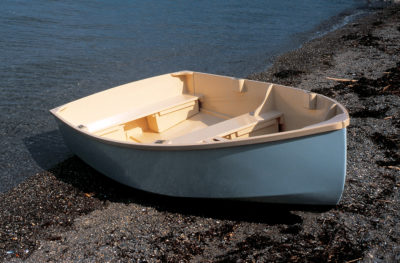


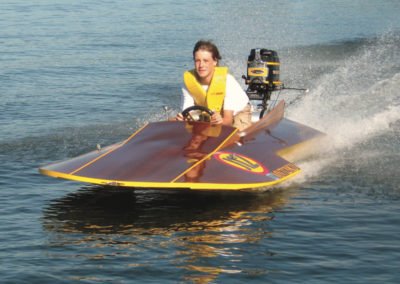
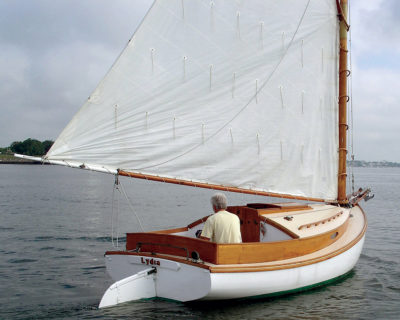
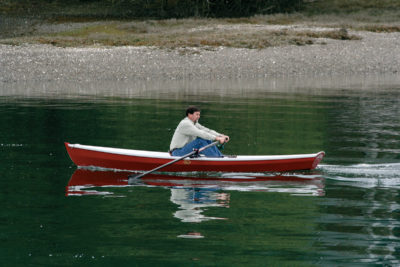
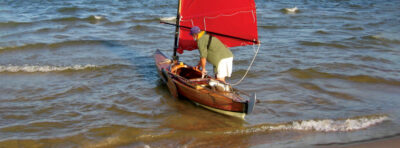
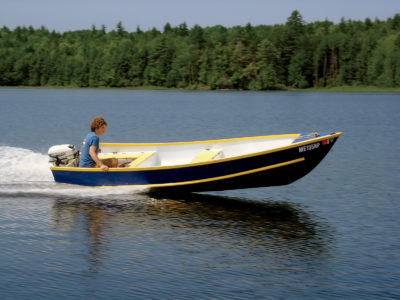
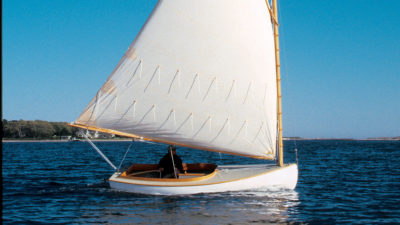
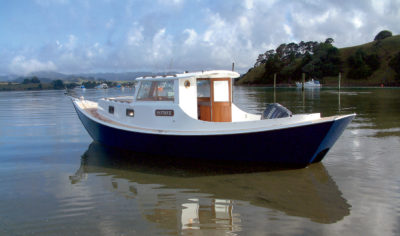

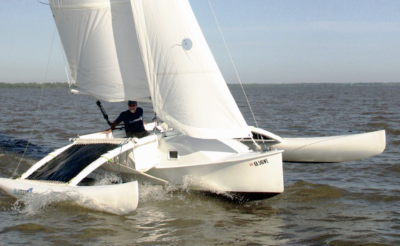
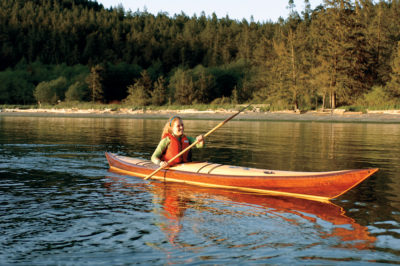
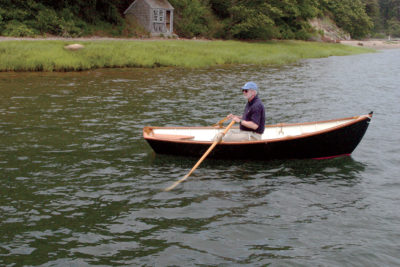
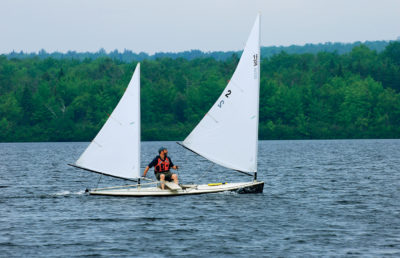

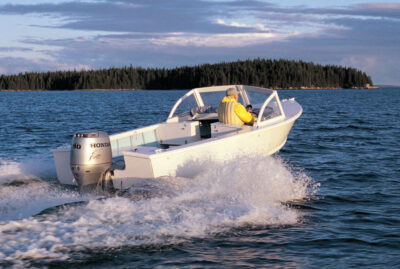
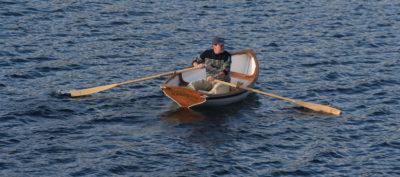
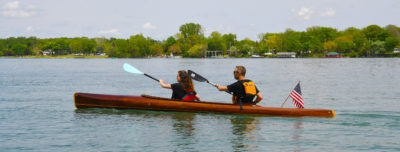
I built this boat from WoodenBoat plans (Yankee tender) more than 20 years ago, principally to get from the dock to my mooring. It indeed is a wonderful rower moving easily through the water. At that time, the plans called for the double cross-planked bottom, which I did, using 3/8″ red cedar for both bottom and strakes. The bottom did hold for 10-12 years but once it started leaking there was no way to dry it up with the stepped layers of planking at the garboard chine. A new bottom of 1/2” plywood has held up since. The only ongoing issue is separation of the external oak keel piece at bow and stern, due, I believe, to the rocker of the bottom exposing the ends to the air at rest. After 26 years of abuse from children, grandchildren, and a crowded dinghy float, she is still going strong.
I would love to see the building plans for this boat.
Could you recommend where I might access them?
Thanks , Rick Lanes
Such evocative lines, in the cutest possible way!
Why don’t you give the boat dimensions?
Here they are:
LOA – 11′ 3″
Beam – 4′ 5″
Weight – 125 – 150 lbs.
I built one a number of years ago, the only changes I made were marine ply bottom and garboards, top two strakes were white cedar. Great little boat, rows very well for a short boat. I sold it for the original owner, I am pretty sure the second owner still has it, as she brought it to the Wellfleet Rowing Rendezvous a couple of years ago, and it was in great shape.
A student of mine built one from the sketchy plans first published in WoodenBoat magazine #30 and #31 in 1979. Nice boat! An original rested in a field in Rockport, Maine for many years. It had an Asa Thompson builder’s plate.
I built an Asa Thomson skiff for my mother in 1985 with only a couple modifications. Since it was a tender in the water all the time, I built a cross-planked bottom instead of the double bottom on the original. It was and still is, a wonderful skiff. Beautiful lines! I restored her in 2016 – had to put a marine plywood bottom on, and I put in a daggerboard and simple spritsail rig and rudder. She is still going strong and is a wonderful rowing and sailing skiff. My mom is 89 now, so she doesn’t go out very often, but I use the boat several times each week still (at over 35 yrs old).